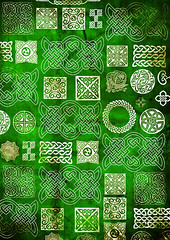Traditional Witchcraft: How Was It Practiced During the Last Millenium?
Traditional Wicca and Traditional Witchcraft are frequently confused with one another. Wicca is a neo-pagan nature based religious movement that came into being during the mid 1900s. Out of this movement, traditions such as Gardnerian, Diannic and Faery evolved.
Traditional Witchcraft, on the other hand, is an ancient practice, which has been around for millennia. Its practices, traditions and knowledge were simply handed down from one generation to the next, mostly within the same family circle. In the context of this article, Traditional Witchcraft is viewed to be the shamanistic Craft as practiced in Western Europe over the last 1,000 years.
Traditional Witchcraft Beliefs
Traditional Witchcraft is a one hundred percent oral tradition. Illiteracy and forced secrecy both contributed to the absence of written records. One has to bear in mind that it was not only during the burning times that witches were persecuted. If material was found containing anything that could allude to the fact that the owner of the material was a witch, it would have meant certain death – by brutal means. Hence Traditional Witches did not and still do not keep the Wiccan equivalent of a Book of Shadows. In all truth, the concepts of Grimoires and Books of Shadow are late19th and mid-20th century inventions respectively.
Traditional Witches did not necessarily worship any Deities as a part of their Craft practices. The knee does not bend and the head does not bow, so to speak. The majority of Witches worshiped Nature as an all-powerful force instead. They considered everything, from the energy of the smallest grain of sand through to the energy of the remotest star in the sky, as a part
Pages: 1 2
